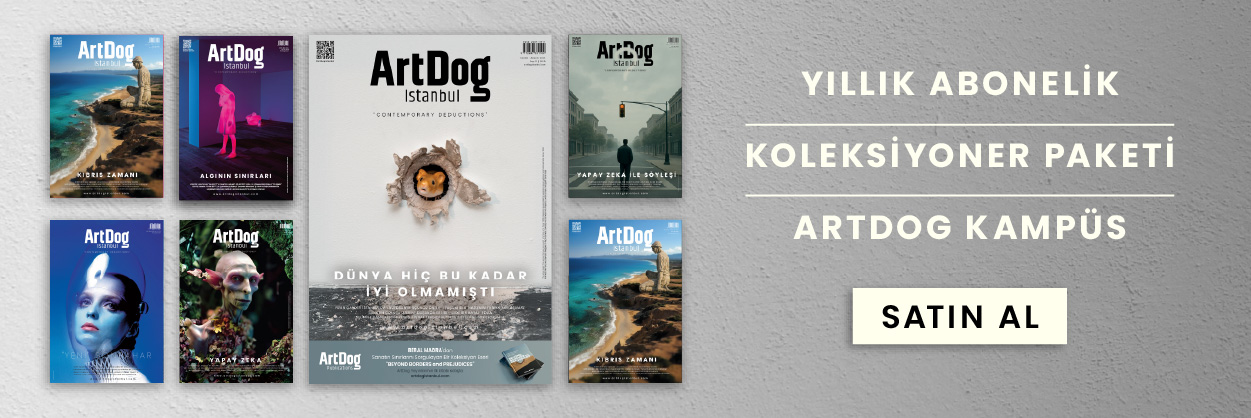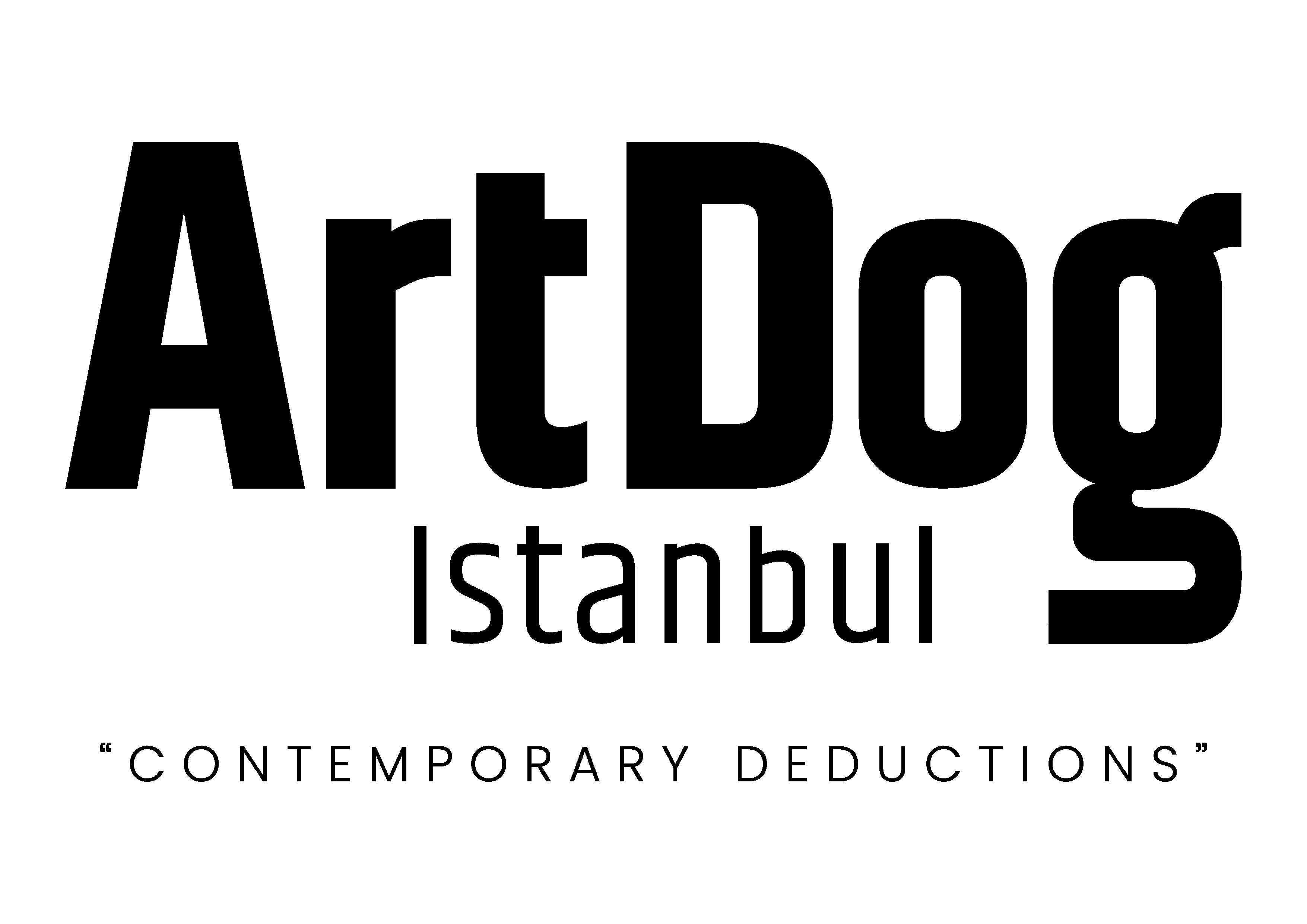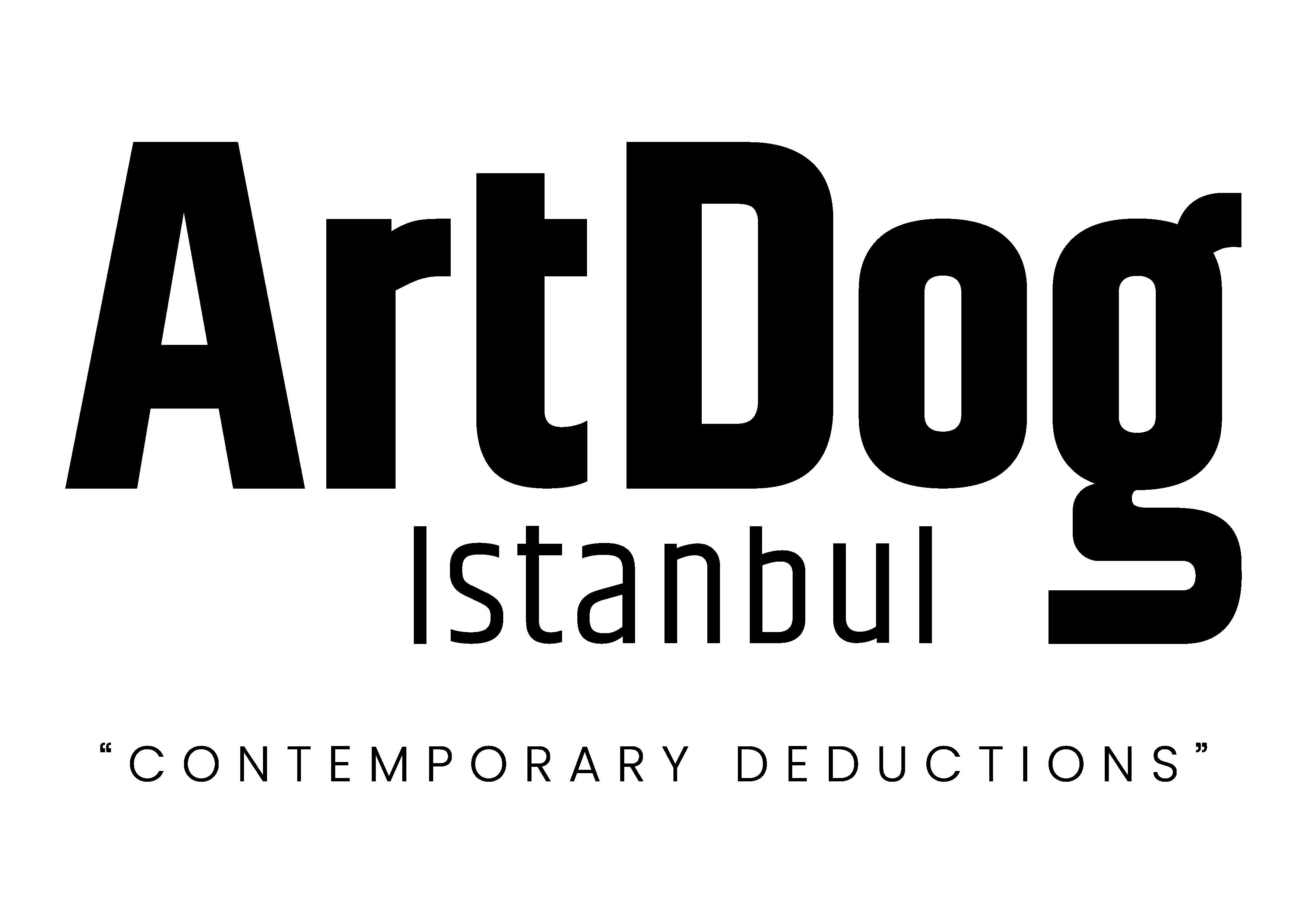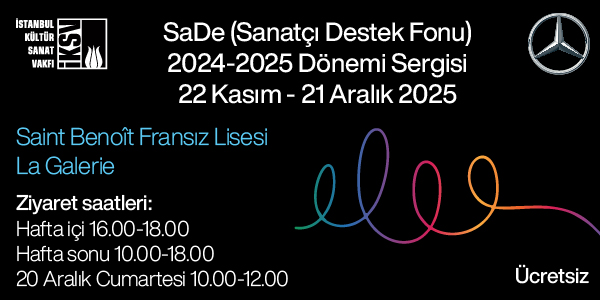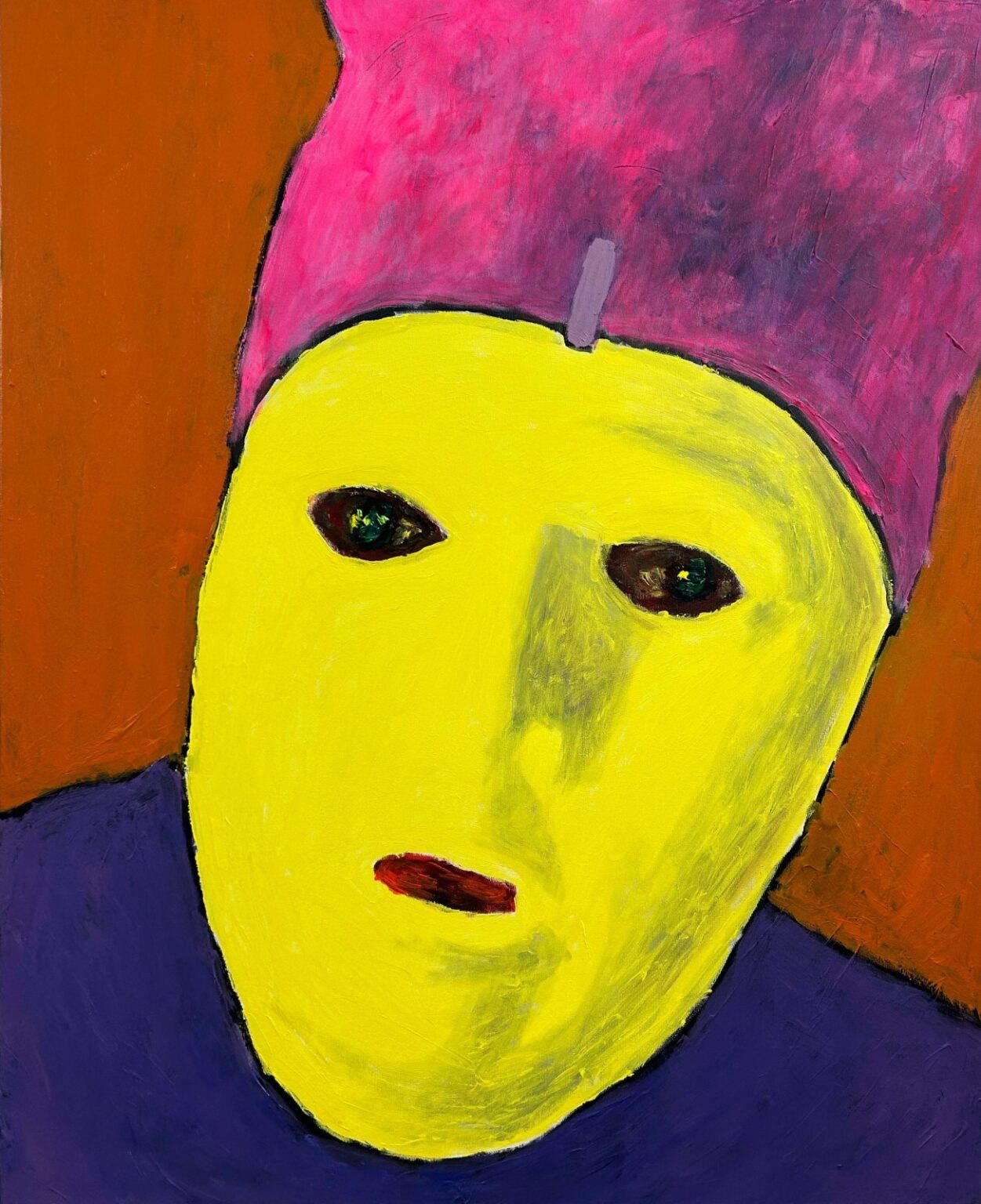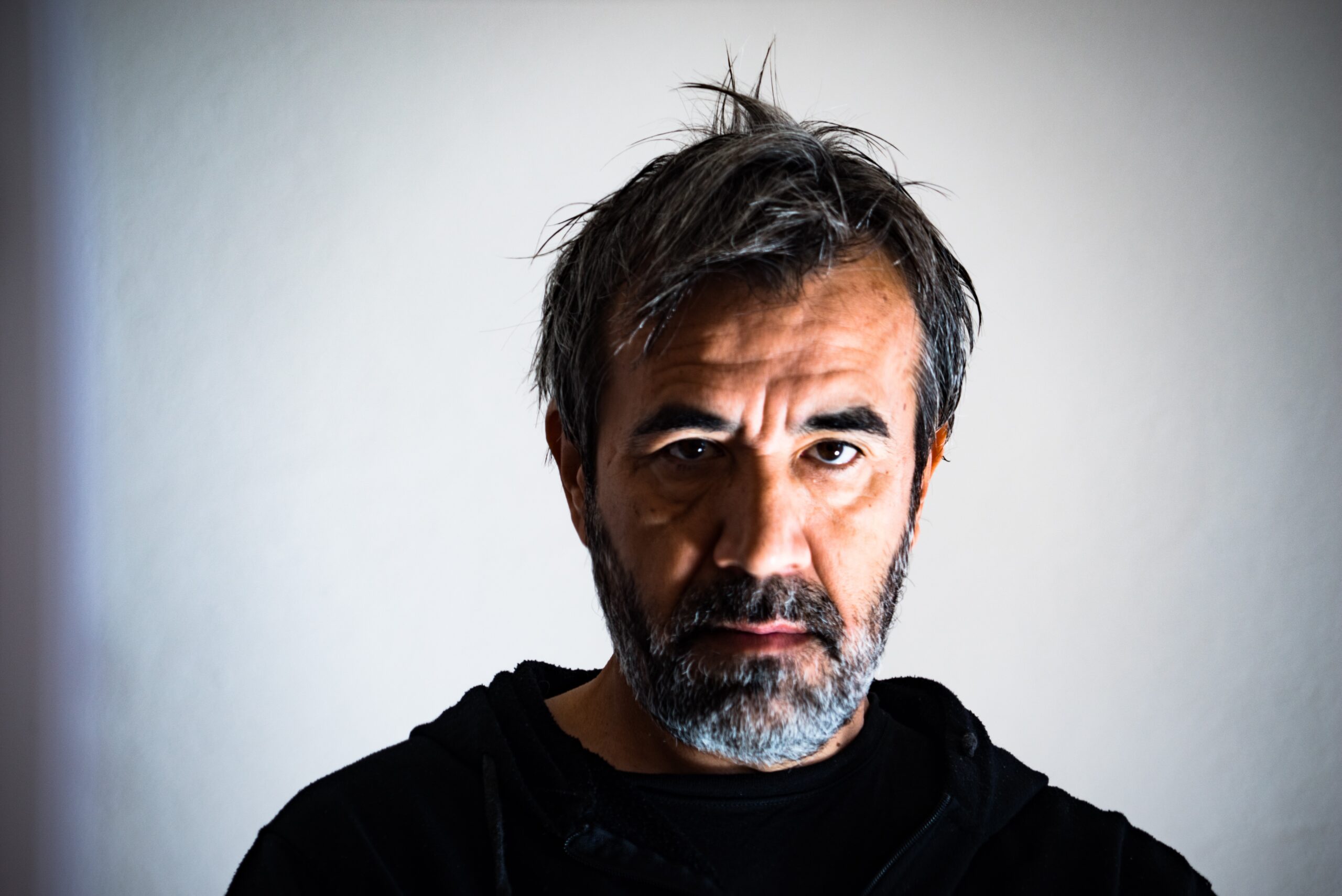From January 28 to April 21, 2025, London’s Royal Academy of Arts will host an exhibition that sheds light on the birth of Brazilian modern art: Brasil! Brasil! The Birth of Modernism. Featuring over 130 works by ten artists, the show will offer an in-depth look at Brazil’s culture and the country’s interpretation of modernism.
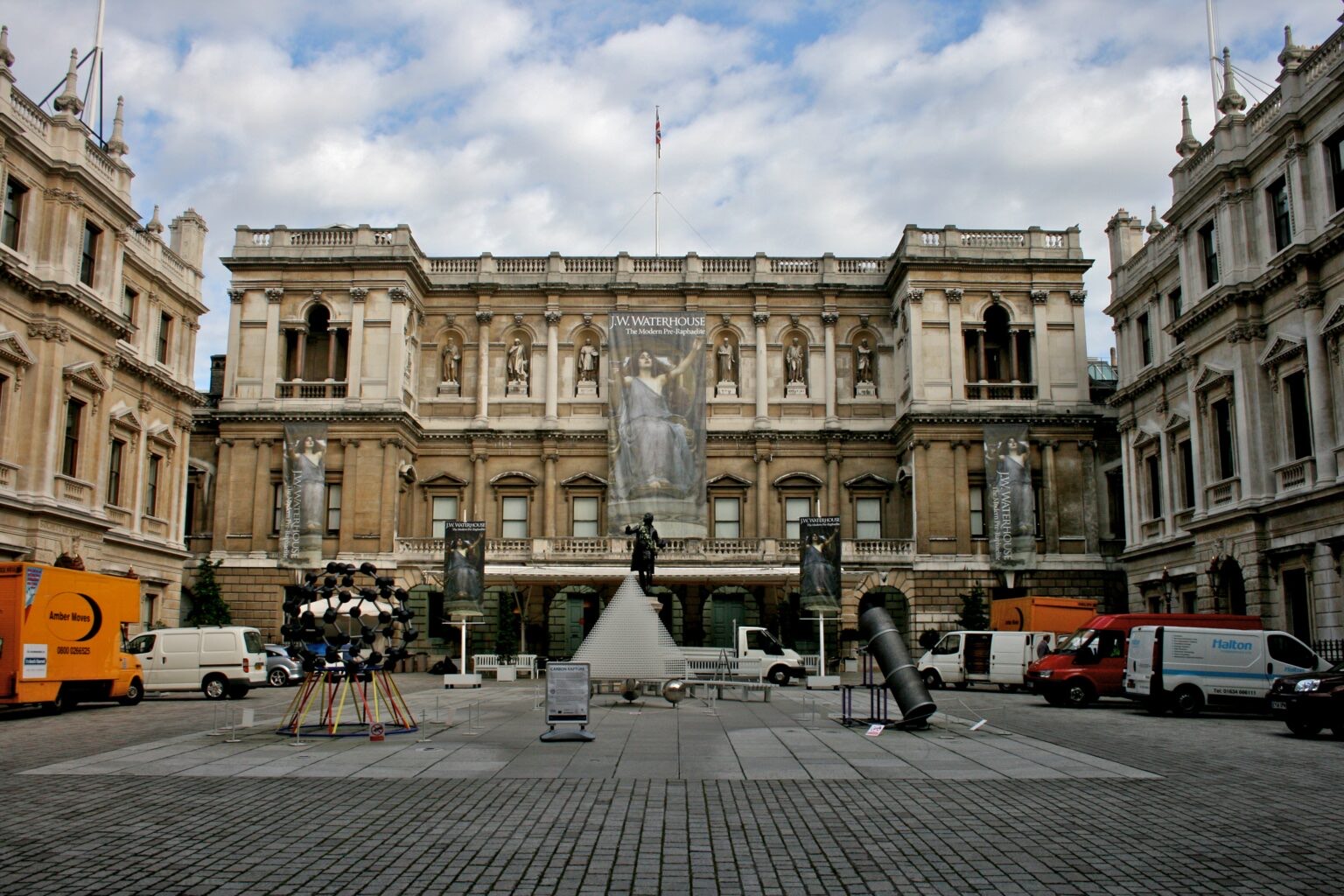
Following the proclamation of the Republic in 1889, Brazil took steps toward shaping its national identity. This period saw the emergence of an artistic movement that was rooted in local culture while also embracing European modernist influences. One of the key moments in this evolution was the Semana de Arte Moderna (Modern Art Week) held in São Paulo in 1922, which marked the dawn of Brazil’s modernist movement.
A defining text of this era was Oswald de Andrade’s 1928 manifesto Manifesto Antropófago (The Cannibalist Manifesto), which called on Brazilian artists to “consume” European culture and reinterpret it to create an art form uniquely their own. One of the iconic works of this period, Tarsila do Amaral’s Abaporu, became a powerful symbol of this creative transformation and Brazil’s search for a national artistic identity.
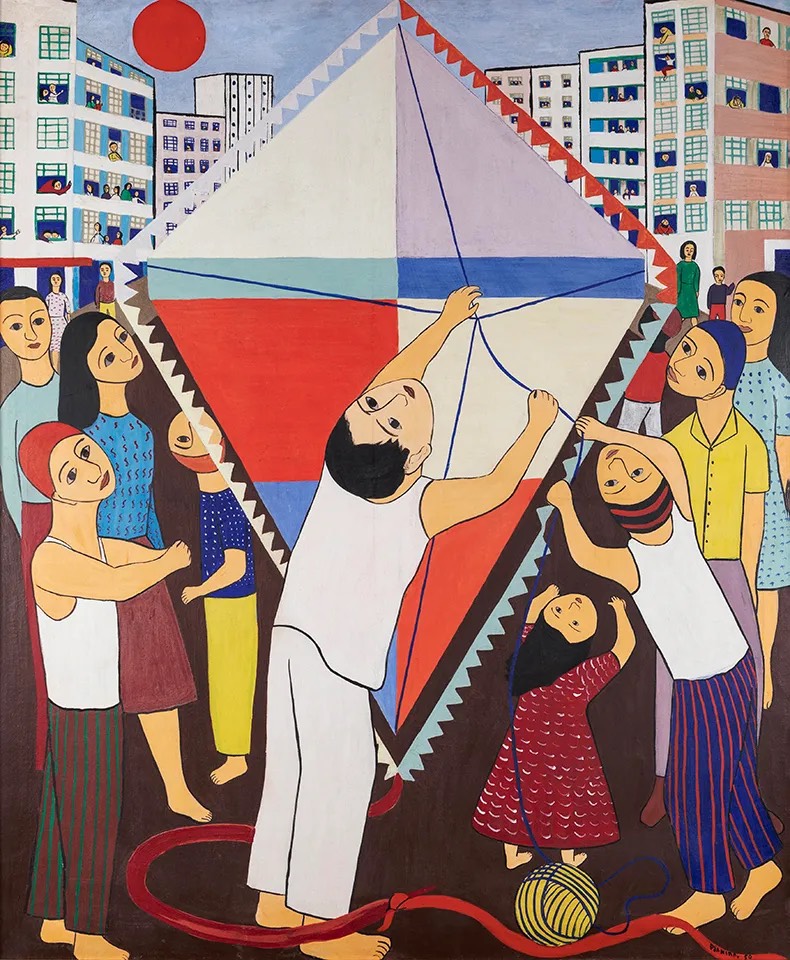
Anita Malfatti and Tarsila do Amaral stand out in Brazilian modernism. Malfatti’s 1917 exhibition is considered the beginning of modern art in Brazil, while Tarsila’s style—shaped by European influences—was encapsulated in her declaration: “I want to be the painter of my country.” Both artists played a crucial role in redefining Brazil’s social and artistic identity.
Other featured artists include Candido Portinari, whose somber depictions of rural poverty and inequality offer a stark social critique. Meanwhile, Rubem Valentim and Djanira da Motta e Silva draw upon Afro-Brazilian and Indigenous cultural narratives, presenting vibrant, symbolic representations of Brazil’s diverse heritage. Valentim’s abstract works, inspired by Candomblé, and Djanira’s minimalist yet striking compositions celebrate the country’s rich traditions. Another key figure, Flávio de Carvalho, broke conventional boundaries in performance art, redefining Brazil’s avant-garde scene on a global scale.
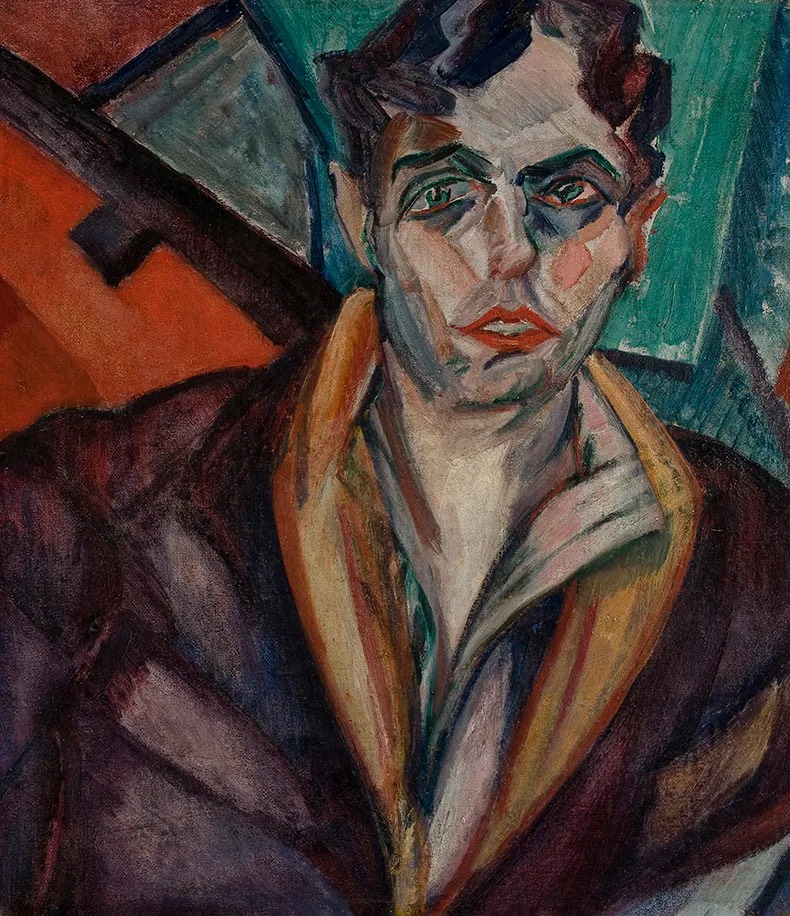
Many of the artworks, sourced from private collections in Brazil, will be exhibited in the UK for the first time. This exhibition highlights Brazilian modernism as an artistic movement that is both globally relevant and deeply rooted in its origins.

